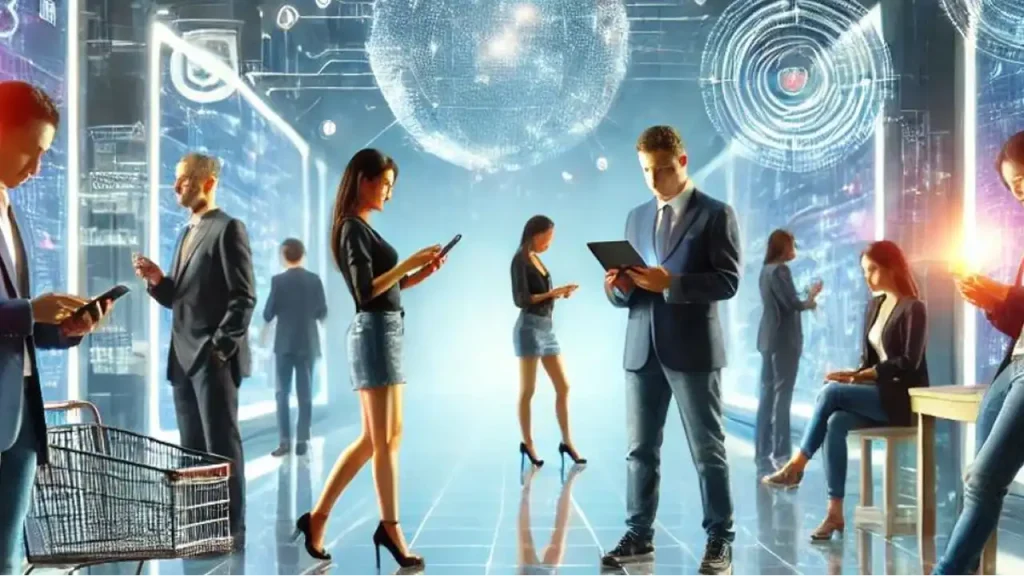News, Reviews and Spotlights, How-To, Buying, and Setup Guides, Tech News, How-To Guides, Industry Analysis
The Evolution of Online Shopping: Technologys Impact on Retail
Explore the evolution of online shopping and how technology like AI, mobile apps, and VR is transforming the retail experience for consumers worldwide.



